The Asháninka speak up to put fires out
The latest report from Global Forest Watch shows tropical rainforests are in the midst of a recurring wildfire epidemic – news that isn’t new to us, or you.
The global smoke alarm is sounding.
The report (April ‘22) paints an alarming picture about our most valuable carbon sink environments. The biggest global study of forest fires to date shows a rising trajectory creating a concrete case for further action.
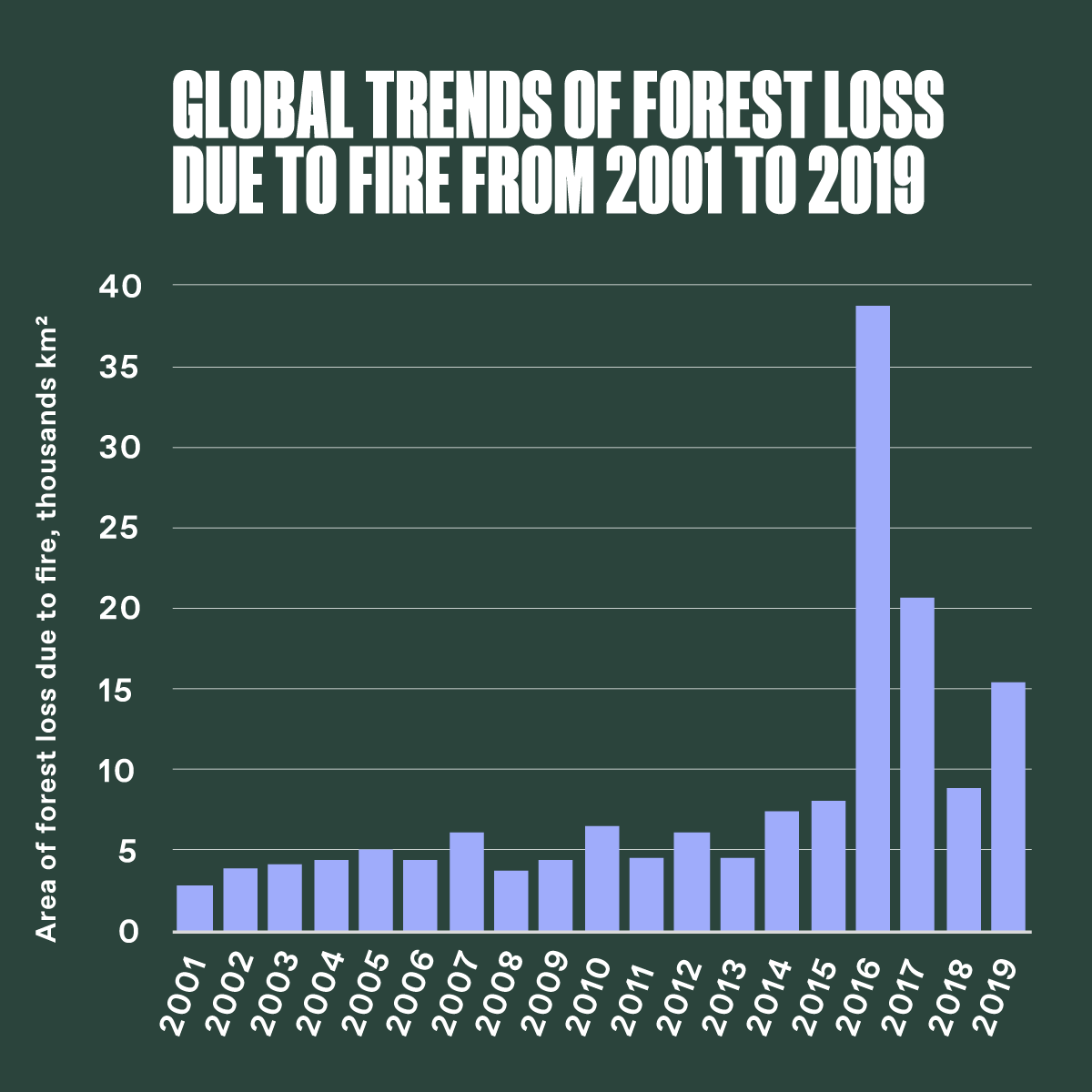

Global trends of forest loss due to fire from 2001-2019
It’s plain to see that from 2001 to 2019 fires have significantly contributed to global carbon emissions with a knock on effect on human health, planetary health and economic activity. We’ve seen fires shaking the delicate balance of nature globally, especially in the last few years. The pattern is found across the tropics where we work, the subtropics, temperate Australia and boreal forests in Eurasia.
Reporting. Just one way to get insight.
When communities trust us enough to speak, we listen. The Global Forest Watch report compliments the very best source of information on wildfires (and rainforest) there is: stories direct from the mouths of local and indigenous peoples. Data from our friends in rainforest.
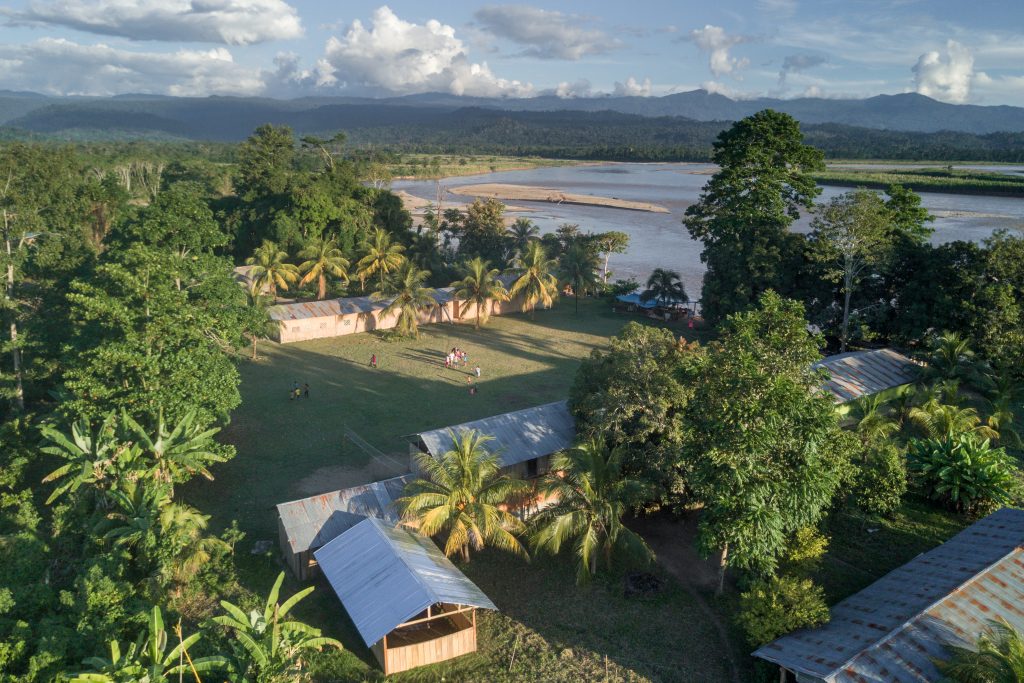

Cuitivereni, Peru.
In 2019 a field trip to our Asháninka partners in Cuitivereni, Peru gave us so much insight into the health of rainforest. We were told about the drier conditions, the increase in fire severity and the impact it was having on people’s lives.
October 2020 👇
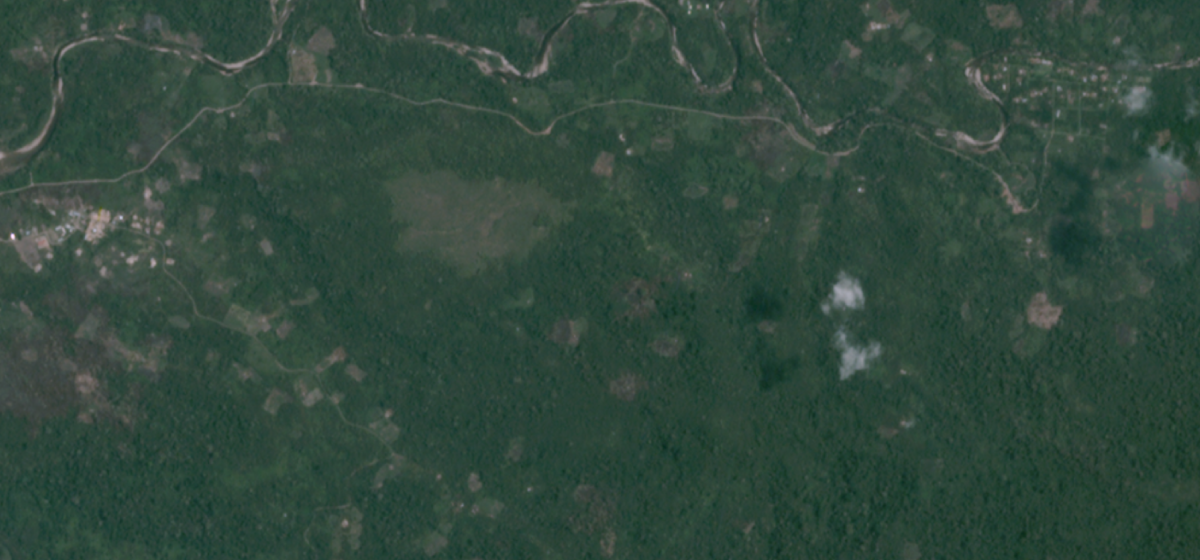

Satellite imagery from October 2020 Cutivireni, Peru
December 2020 👇
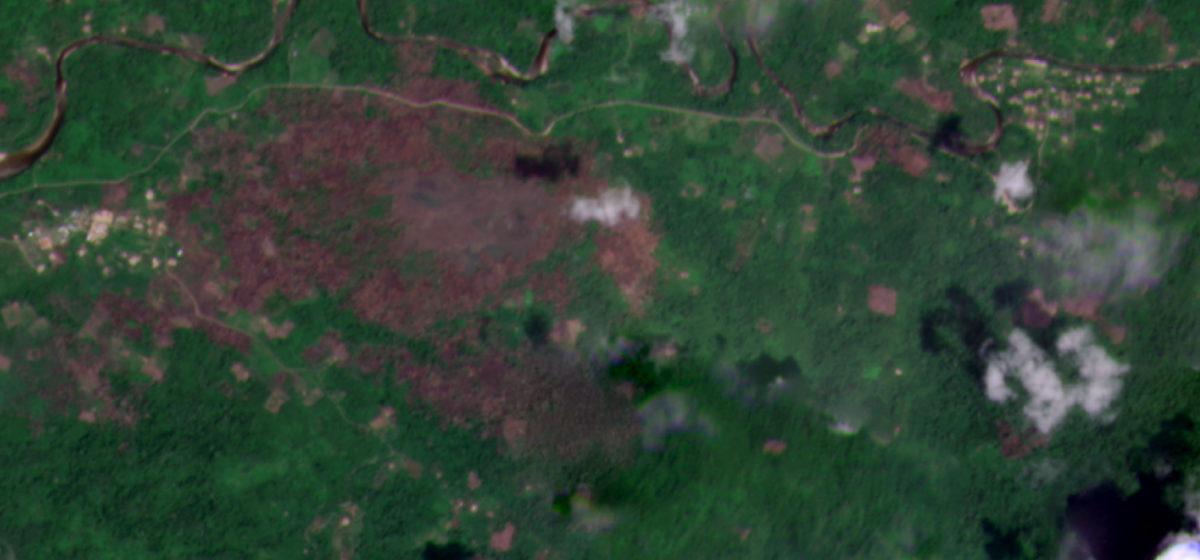

Satellite imagery from December 2020 Cutivireni, Peru
Images above: Satellite imagery from October 2020 and December 2020 in Cutivireni, Peru revealing the extent of fires in the area.
When we married data up and conversations with the communities, it showed repeated, encroaching and growing fires. Together we triggered a counter attack, a plan to help prevent fires and thanks to our close relationships with the Asháninka and CARE, we’re ahead of the latest reports.
People-first prevents fires.
Our wildfire project with Central Asháninka del Río Ene (CARE), an indigenous-led organisation based in the Peruviuan Amazon, launched last year. The 15 year project exists to combat wildfires with pre-emptive action helping to make life liveable right now for thousands.
With CARE we have long term goals; five years of direct action and ten years of monitoring. A two-pronged approach of adaptation and prevention is in place, covering immediate dangers (think home and food security). Prevention like fire-breaks in tree cover and improved radio systems, right up to new community fire fighting services (out of 778 Amazonian districts, only 110 have fire departments). All this over an area of 242,528 hectares (453,220 football pitches).
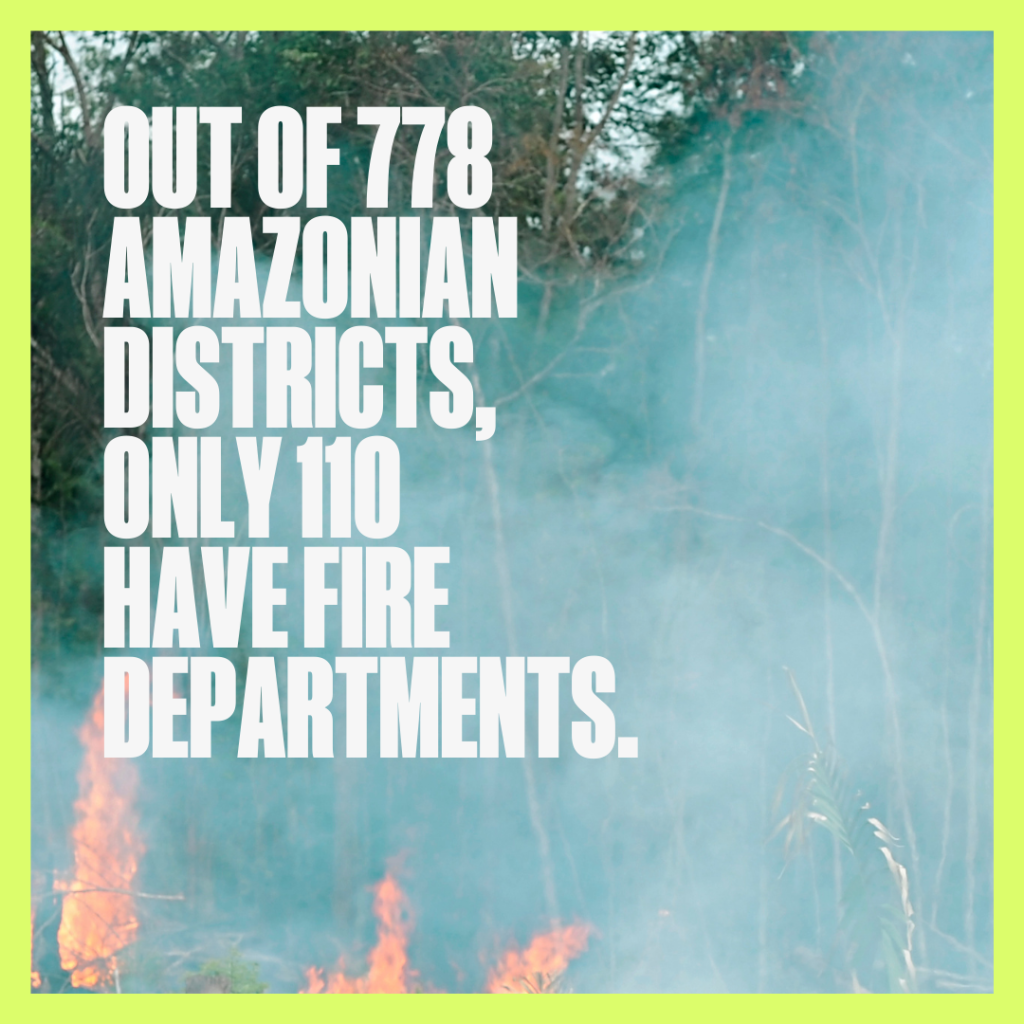

Relationships over everything.
Relationships are the foundations of climate action (and of course, radical climate optimism). When trust is married with data incredible things happen. Our partnership with CARE and the Asháninka people continues to provide ear-to-the-ground insights, but only if we all continue to listen to and value their insights, and respect their rights.
Tackling fires requires commitment from many groups. It starts with indigenous peoples and NGOs but international governments need to commit too. We hope the conversations we had in a smoke-filled patch of rainforest can lead to government-level climate action. And that our plans with CARE reinforce the case for support in tackling forest fires that affect us all.
If you haven’t helped fund this project yet, there’s still time left to back people to protect rainforest and fight the climate crisis. Donate today.
Conversation ignites climate action.
Use the power of speech to kickstart change by asking friends, families and colleagues:
- What is your vision for the future of people and the planet?
- How can we provoke action at all levels?
- How does it feel to be part of a global movement of climate action?
